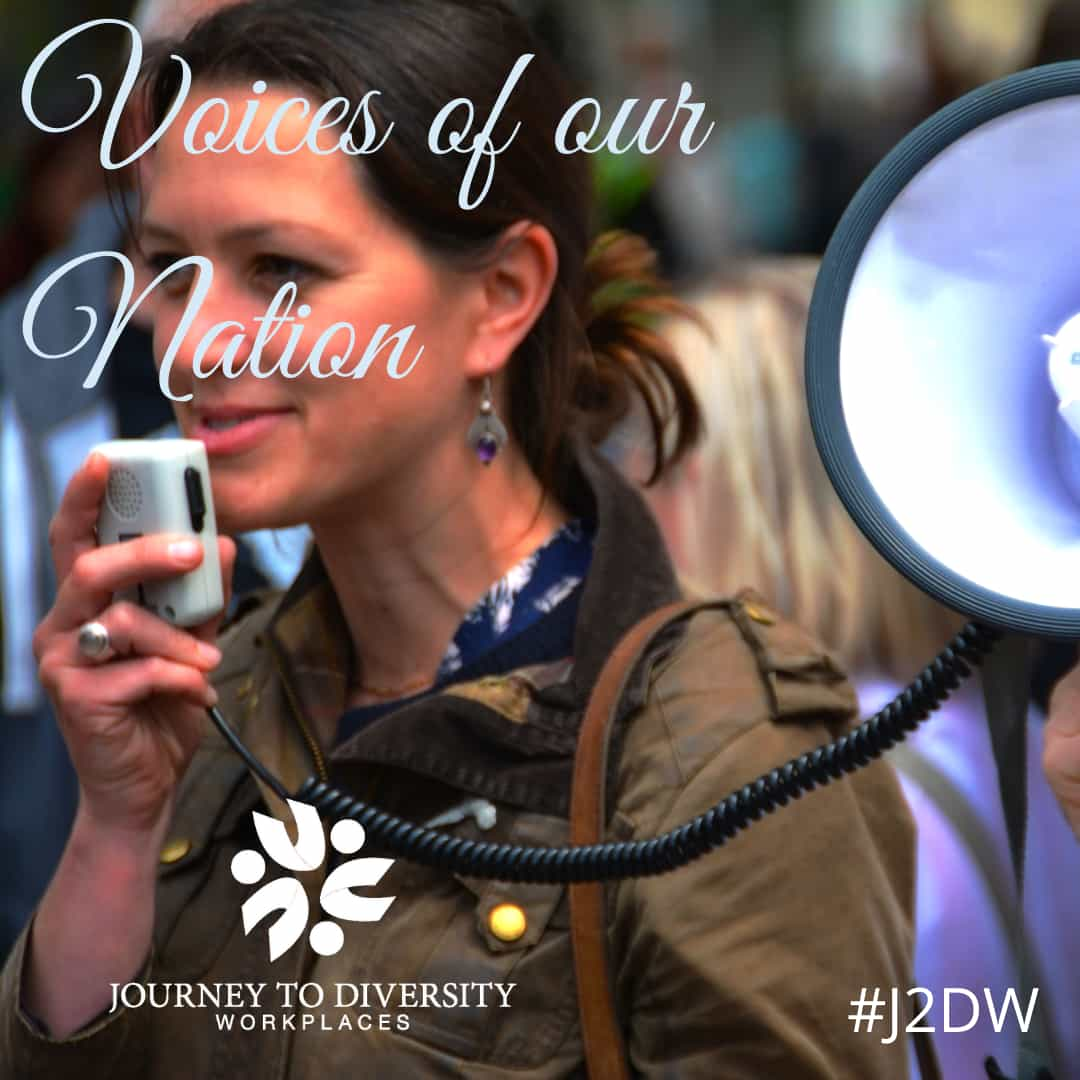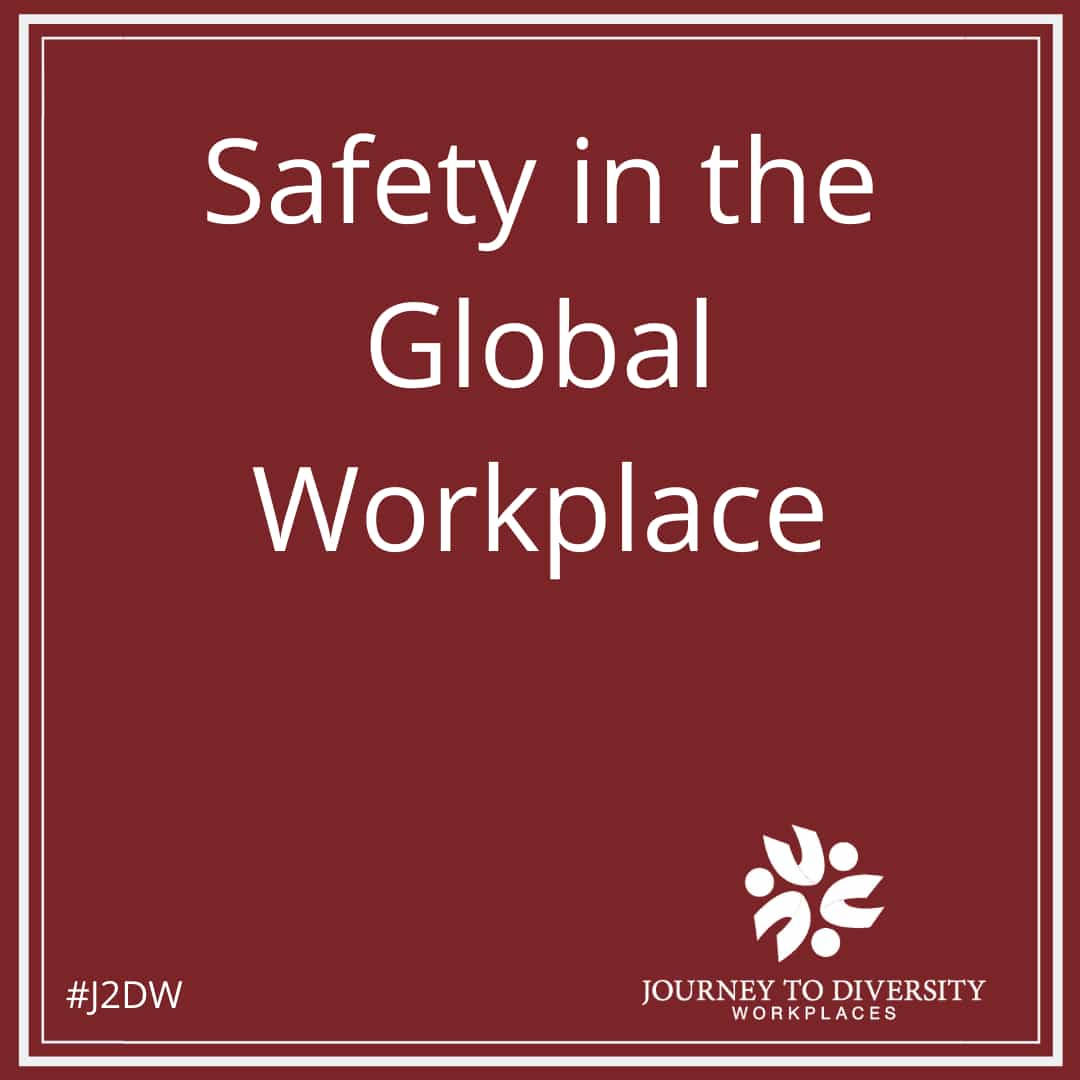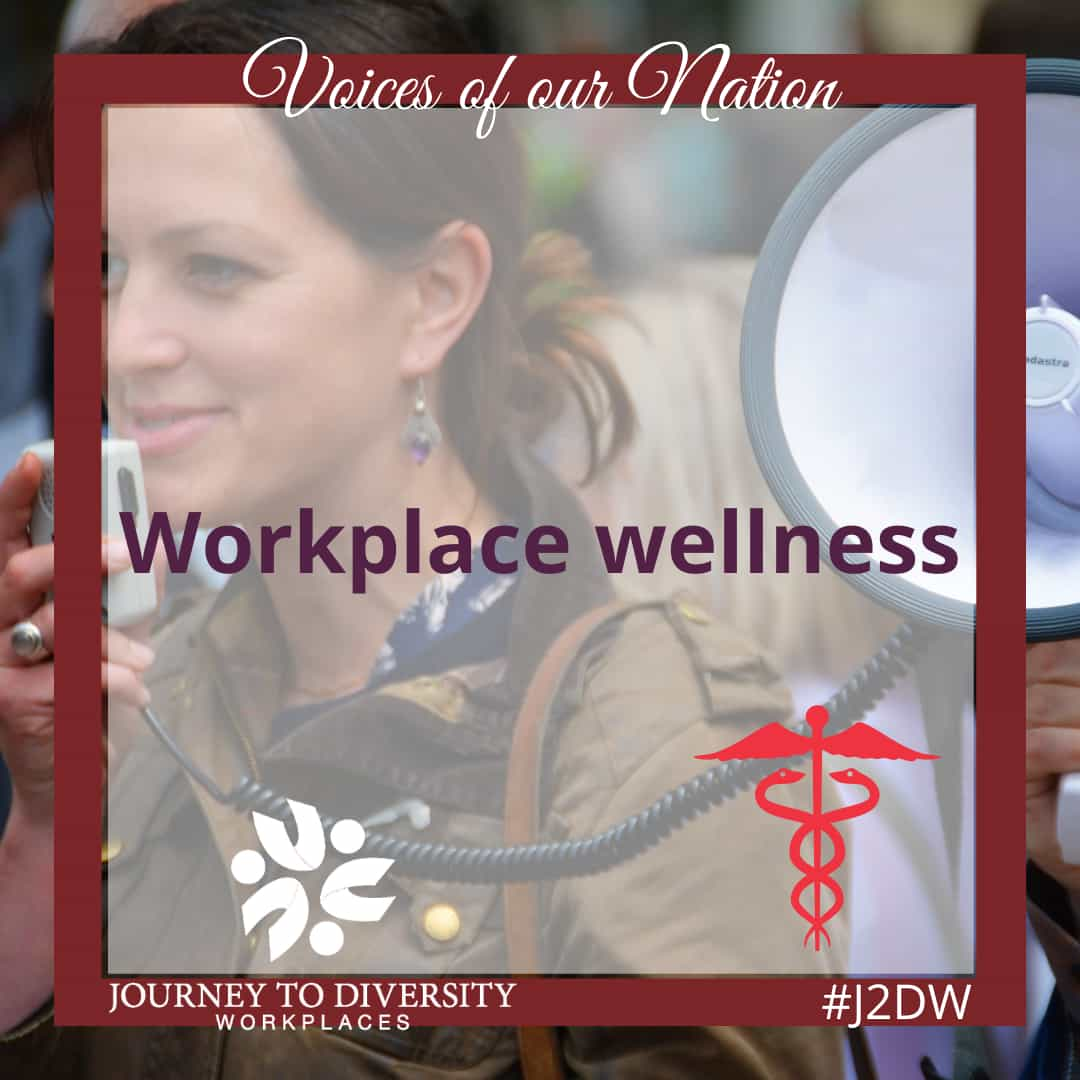Introduction
Advierta este papel entrará en llamas en diez segundos ! If you can read Spanish you might have already dropped this paper. However, if you cannot, let me translate the first line for you. It reads…”Caution, this paper will burst into flames in ten seconds!” Imagine yourself as a foreigner working in a country without being able to speak or read the language. Many foreign workers are too embarrassed or afraid of termination to admit that they do not understand instructions or safety procedures. A recent Census Bureau report indicates the number of United States residents for whom English is a foreign language is nearly 32 million 1. Mexican immigrants make up the largest minority group in our country today and many of these individuals have poor English language skills or none at all. They come to this country for an opportunity to work and make a better life. In order for these employees and their fellow workers to be protected properly, a way must be found to communicate safety information to them. We must familiarize ourselves with the way in which people communicate and learn and adapt our techniques to get the message across most efficiently.
A 16 year old Mexican immigrant working for a construction subcontractor from Texas who had been contracted by a framing contractor in Oklahoma, who in turn was working for a general construction contractor in Alabama, fell to his death from a roof at the construction site in Alabama. The Texas based contractor had a safety plan but it was written only in English. The general contractor in Alabama had a safety plan for its employees but it did not make any provision for subcontractors. Evidence indicated that the crew understood little or no English. Evidence gathered during OSHA interviews of the crewmembers, indicated that the crew had no knowledge of the safety plan 2. There were many mistakes made in this scenario and we must be mindful of this type of situation due to the changing composition of the modern workplace. As managers, we will face employees with various cultural and language backgrounds and these employees must be a vital and productive part of the overall scheme. The general contractor in this case should have incorporated any subcontracted employees in its safety plan. In so doing, these contingencies are provided for before they occur and may limit the company’s liability. With the rampant litigation in our country it is very important to cover all the bases where safety is concerned. The safety plan should include all employees and their unique language or culture situation. The subcontractor made the crucial mistake of hiring an underage individual. The further error occurred in not making arrangements for a non English speaking person to be made aware of all proper safety procedures.
Globalization
The watchword of the new century is without a doubt “Globalization”. Globalization has been defined as the evolution of economies and technologies across national borders. However, the term encompasses more phenomena than merely an exchange of currency and technology. Globalization has also created a migration of beliefs, cultures, languages and philosophies between the nations and peoples of the world. With the explosion of technological innovation, people around the world can communicate ideas, beliefs and social commentary in mere seconds and goods and services can be exchanged in hours or days. People from all areas of a country, or from around the world can travel to distant locations in search of freedom, adventure or financial betterment. Therefore we can conclude that globalization is a way to express the coming together of many nations and cultures, forming a new world environment of many varied and unique peoples living and working side by side. Even within our own borders there exists a multicultural and often multilingual work force. We find ourselves living and working next to people who may speak a different language than ours, have different beliefs and values than ours and reflect a different culture from our own. It is very important to realize that our safety and theirs depends on mutual respect and an ability to communicate with one another.
Global is a new term in the workplace as well. Businesses employ people from different cultures and backgrounds. We work with those who speak a different language, whether in our own company or the companies that we do business with. The bottom line is still the same, we all want to do our jobs efficiently and make a profit. The aviation industry outsources much of its maintenance work today. The industry figure for outsourced maintenance was recently reported at $2.5 billion. Ted Ozdemer, vice president of technical and engineering for Morten, Beyer and Agnew, says that within ten years as much as 80% of airline maintenance work will be outsourced 5. Safety is paramount in the aviation industry and these maintenance operations are under intense scrutiny. Studies are currently under way to uncover unsafe practices and procedures at the sites that perform this outsourced work. The number of incorrect parts, poor safety procedures and out of date information has been alarming. Communication is highlighted as the core reason for the deficiencies. It is evident that language barriers are a prime reason for putting workers and consumers at risk and new efforts must be made to tear down the barriers and establish clear lines of communication.
Outsourcing
Outsourcing has added new dimensions for management as well. Outsourcing refers to the delegation of internal production tasks to an external entity 3. Contracting out certain aspects of the companies operation to outside sources can be profitable and time-saving, but it brings new challenges in the safety field. “Offshoring”, which is simply outsourcing to companies outside the borders of your country, can sometimes expand these challenges further. We must be aware of our responsibilities for the safety of our employees, the safety of companies that we are affiliated with and also the ultimate safety of our consumers. It is important that we communicate and implement good safety procedures to those employees directly working for us and to those who are subcontracted labor. Ever changing international law and our favorable public image dictate that we begin to pay attention to these areas.
As in the earlier example of the 16 year old immigrant worker who died in Alabama, management must be aware not only of workers who perform their duties ‘in-house’, but also take into consideration the safety of workers who might perform duties at other locations under contract 2. Workers who are employed by other firms that business is outsourced to might also fall under our care, if not legally, then at the very least morally. Legal responsibility and the public image of our company should be foremost in our minds in regards to safety procedures. When the decision is being made whether or not to outsource, these safety issues should be addressed.
Offshoring
The world’s largest 100 financial companies are expected to transfer about $356 billion of operations offshore in the next 5 years. Two million jobs will also make the journey. More than a million jobs will be relocated along the Indian Ocean rim in the next five years. The reason for the shift to overseas locations and employees is of course, profit. The aforementioned 100 financial giants expect to see a savings of $1.4 billion each by the year 2008. Surveys have estimated that the cost savings of shifting operations overseas is approximately 39 percent 4. Salaries are lower, operating costs are lower, government restrictions are far more lenient and of course safety and environmental standards are considerably lower than in the United States.
The employees in these offshore locations should have the same right to safe working conditions as we expect for ourselves. Whether employed by our firm or contracted to perform a service, we may be legally linked to these employees and therefore liable for possible litigation. Opening the borders of business around the world comes with a responsibility to learn how to communicate effectively. If you have ever dealt with a companies call center to resolve a problem or ask about a product, you have most likely encountered some of the difficulties of offshore communications. Most call centers today are shifting to overseas location and chances are if you are speaking with one of the representatives, they are in India or the Philippines. Even those foreign workers, who seem to have a grasp on the technical side of the English language, may have problems with the double meanings and nuances of some words.
Communication
For the safety manager the existence of a diverse workforce with varying cultures and different languages, presents a unique problem. How do you effectively convey the proper safety information to all employees in a way that is real and understandable to them? Safety is education and education is, at its core, communication. We communicate safety information through training sessions, posters and signs, and literature. To be sure the message gets across effectively to everyone we must first understand the communication process. We have a need to educate our employees concerning the “safety culture” of our organization and to have them understand and practice what they learn.
In order for communication to exist there must always be a sender, a medium and a receiver. We as management are the sender. The message, of course, is safety. The medium is the literature, signs or symbols, or the spoken word in training sessions. The receivers are the employees who make up our workplace. If the medium is ineffective or if the receiver fails to comprehend the message then there is no communication. The job of the safety manager is to ensure that the message is presented to the employees in a form that they are sure to comprehend. Even among a group of individuals who speak the same language and are basically from the same cultural background, there often exist many different learning styles. This approach to learning emphasizes the fact that individuals perceive and process information in very different ways. The learning styles theory implies that how much individuals learn has more to do with whether the educational experience is geared toward their particular style of learning than whether or not they are “smart.” For instance, some people learn visually and would be influenced strongly by signs and symbols. Other individuals may be tactile learners, meaning that they learn by use of their hands. This individual would most likely be impacted strongly by physically repeating a certain process time after time, or by handling the tools or instruments in question. An individual might retain the knowledge more effectively by simply reading a safety manual or pamphlet. So even with people of a like group, effectively communicating the required information can prove somewhat complicated.
If a workforce consists of multi- or bilingual individuals, or possibly Non English Speaking (NES) people, the task of communication becomes even more difficult. However, most safety-training programs are geared toward English speaking people. The cost of translating documents, signs and posters to other languages is slight compared to the potential costs of accidents due to poor communication. Lost productivity, workers compensation, equipment repair, cleanup and damages awarded from lawsuits are some of these costs that might be negated by just a little effort to communicate safety information in a clear and comprehensible manner to all employees.
Culture
The culture that one identifies with is an important influencing factor when it comes to learning and practicing safety procedures. For instance, countries such as the United States, Canada and Great Britain have an individualistic culture where people view circumstances as to how they will affect the individual. Members of this type of culture are considered “doers”, in that they are trying to achieve certain objectives in life, “keeping up with the Jones’s” so to speak. Internal pressures such as guilt or pleasure motivate people in this type of culture. If you are a member of mainstream American culture you would probably respond more readily to statements such as “Follow these safety procedures or you could lose your job” or “Following these safety procedures could mean a raise in salary.” Mexico, on the other hand, has a collectivist culture that is group oriented. An individual in this type of culture is more concerned with the outcome as it pertains to the whole of society rather than the individual. Members of these cultures are considered “beers”, meaning that they experience life, are tradition oriented and focused on the group as a whole 6. External pressures and control are the motivating factors that guide members of this culture. If you were a member of Mexican culture you would probably respond to such statements as, “Follow these safety procedures because management wants you to” or “Follow these safety procedures because it will benefit your fellow employee.”
It is important to establish a safety culture for our employees to work in. The term safety culture is equivalent to what we think of when the word culture is used to identify a group of people. It is a set of beliefs, traditions and practices that a group of people hold common to themselves and that binds them together as a unique entity. Therefore a safety culture is a way of behaving, thinking and acting that permeates every individual in the group and perpetuates its self simply by existing. To create this culture the keyword has to be ownership. Employees must take ownership of these ideas and practices in order for the culture to flourish and produce the desired results for management. The culture will communicate the desired safety procedures to its members as part of the group behavior. By establishing safety teams consisting of member of the group, the members can experience a sense of ownership by being a part of the creation and implementation of the safety procedures. Those members of the workforce who come from a traditionally collectivist culture can be of great benefit in establishing this environment.
Techniques for Communicating Safety
If any program or endeavor in the workplace is to succeed, there must be a commitment from upper management. In a global workplace attention needs to be paid to the various cultures, languages and differences in the workforce. Communicating the necessary safety information in a comprehensible format can be justified from a cost standpoint with a little research and work. When management is made aware of the potential costs of not properly communicating with the employees, the cost of translation and various education materials will most probably be viewed as a sound investment. As mentioned earlier, the well being and positive attitude of the employees will boost productivity, limit downtime and turnover, and make for an efficient, more pleasant working environment. Ownership is a key element in fostering a successful program. If an employee feels as if heshe has a vested interest in the outcome of the process, then they are more likely to consider it important that they learn and practice the applications that are being presented to them 7.
As a safety manager you should develop, implement and enforce a comprehensive written safety program. In order to make the program as effective as possible for all employees of every language background and culture, a good manager should…
– develop, implement, and enforce a comprehensive safety program written in all the languages that apply to your particular employees.
– provide comprehensive safety training to employees to include, but not be limited to, safe work practices, hazard awareness, identification, and avoidance.
– ensure that workers who are part of a multilingual workforce comprehend instructions in safe work procedures for the tasks to which they are assigned.
– ensure that international warning signs and symbols are placed in the appropriate locations and are readily visible.
– ensure compliance with child labor laws, which prohibit youth less than 18 years of age from conducting work recognized to be especially hazardous.
– Additionally, general contractors should ensure through contract language that all subcontractors on site have appropriate safety programs in all appropriate languages.
Following are some further recommendations to make safety training more effective.
– The use of visual aids
– Participatory training, involving employees
– Playing games
– Turn testing situations into learning sessions
– Use a translator when necessary
– Offer hands-on training
– Show workers empathy from management
– Always positive reinforcement
– Context of training, why the information is necessary
– Creating ownership in the safety culture
Summary
Take into account the diversity of your workforce when considering the safety environment. Form safety committees to establish a sense of ownership among the employees. By incorporating members of the various cultures contained in the workforce, you can better ensure that the message will be communicated to all members of the group. Employees who identify with a similar culture or language skill will obviously have a greater chance of successfully communicating information to one another than with someone of a different culture or language. A fellow employee might be able to reach a worker and bring about a better understanding of the safety environment in ways that you never though of. Try to overcome the barriers of language and culture by using applicable languages in pamphlets, signs and posters whenever possible. Do not be hesitant to use translators in training sessions and to translate written communication to the appropriate language. You may also want to establish classes to help the non English speaking employees with their English skills. This may help them better understand company rules and the safety procedures you wish to impart to them. You may be able to develop a happier, more productive employee and possibly a more valued member of the community. When training employees, especially non English speaking employees, a good idea is to always have them repeat to you what they understood you to say or repeat steps that they have observed. This can prove very helpful in determining if the desired point is getting across. Have your safety committees do interviews and run spot inspections to help determine if their fellow employees really understand the goals that we are aiming for. Feedback is an extremely important part of any system. You will want to receive feedback from as many sources as possible to ensure that all members of the organization are moving in the same direction with the same purpose.
Community members of diverse cultures can be invited to hold seminars or lectures. Certain employees may identify with these members of the community who are like themselves and thus be more responsive to their message. This not only enhances employee contributions to the company by making individuals feel a valued member of the group, but may also have a positive impact on the image of the company in the community at large. I have worked at several organizations alongside employees of various backgrounds. Some of them had little or no English skills and I have experienced first hand the problems that they encounter. Even though it may sound like a cliché, people are truly the same everywhere. We all have the same basic needs, desires and fears, it is only in how we communicate these aspects of who we are to the world that make us different. The effort to establish communication between different peoples is really minimal if the desire and determination is there.
The last four years of my life have been filled with gaining knowledge in the field of education. The main purpose of this paper has been to enlighten the reader concerning the education of employees with various backgrounds and language skills. As I have learned in many classes, there is no one right way to proceed when it comes to educating people and all avenues should be explored in order to do the job properly. Establishing communication is the key and must be the first order of business in relaying information to another person. We should learn how to communicate effectively with those who are around us on a daily basis. In so doing we will find that not only can we better understand the person who is culturally different from ourselves, but also we may find we can communicate with members of our own culture on a much higher and more satisfying level.
Works Cited
1. Pouliot, Janine S. (2002) Selling Employees on Workplace Safety. California Job Journal Retrieved from http://jobjournal.com/article_printer.asp?artid=520
2. FaceWeb. (2003) A 16-year-old Died After Falling 27 Feet at a Residential Construction Site-Alabama. Centres for Disease Control and Prevention Retrieved from http://www.cdc.gov/niosh/face/In-house/full200016.html
3. Clifton, D. (2004) Outsourcing Documentation Development – Assessing the Offshore
Option. Integrity Group.
4. Offshore Outsourcing. (2004) Retrieved from http://www.offshoreoutsourcing.org/offshore_outsourcing_facts.asp
5. Boksanske, F. (2003) The Third Annual Aircraft
Outsourcing Conference for the America’s. 19-20.
6. Ghosh, R. (2004) Globalization in the North American region: Toward Renegotiation of
Cultural Space. McGill Journal of Education39(1). Retrieved from http://wilsontxt.hwwilson.com/pdffull/01744/Q6G9M/ysh.pdf
7. WorkCover Authority of New South Wales. National Occupational Health and Safety
Commission, Australian Government.
We got this essay from:
123HelpMe.com (2016) Safety in Global Workplace. 123HelpMe.com. Retrieved from http://www.123HelpMe.com/view.asp?id=84637.










